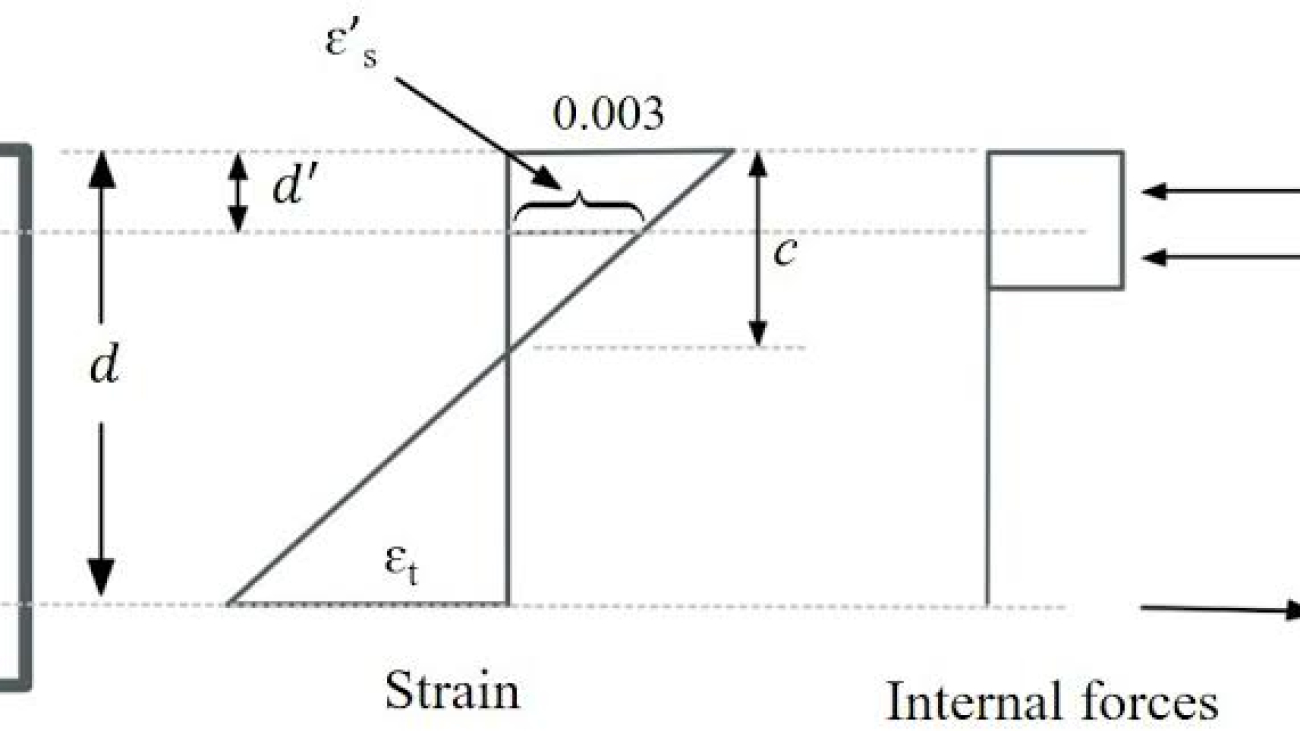Building codes are essential in ensuring the safety, durability, and sustainability of construction projects. Here, we’ll delve into two prominent building codes: ACI 318 (from the American Concrete Institute) and IS 456 (from the Bureau of Indian Standards).
ACI 318 – Building Code Requirements for Structural Concrete
1. Origin and Authority:
- Published by: American Concrete Institute (ACI).
- Applicability: Primarily used in the United States and adopted in many other countries for concrete structural design.
2. Scope:
- Covers the design, construction, and materials for reinforced concrete and plain concrete structures.
3. Key Sections:
- General Requirements: Includes definitions, notation, and general requirements for structural concrete.
- Materials: Specifications for concrete, steel reinforcement, and other materials.
- Durability: Guidelines to ensure the longevity and durability of concrete structures.
- Structural Systems: Design and detailing requirements for beams, columns, slabs, walls, and foundations.
- Seismic Design: Provisions for earthquake-resistant design.
4. Design Philosophy:
- Based on the Strength Design Method (Load and Resistance Factor Design – LRFD), which ensures a balance between safety and economy by applying factors of safety to both loads and material strengths.
5. Updates and Revisions:
- ACI 318 is periodically updated to incorporate new research findings, technologies, and practices. The latest edition is ACI 318-19.
IS 456 – Code of Practice for Plain and Reinforced Concrete
1. Origin and Authority:
- Published by: Bureau of Indian Standards (BIS).
- Applicability: Widely used in India for the design and construction of concrete structures.
2. Scope:
- Provides guidelines for the design, construction, and maintenance of plain and reinforced concrete structures.
3. Key Sections:
- General Design Requirements: Definitions, materials, workmanship, inspection, and testing.
- Structural Design: Design provisions for various structural elements like beams, slabs, columns, and footings.
- Concrete and Reinforcement: Specifications for concrete grades, mix design, reinforcement detailing, and placement.
- Durability and Workmanship: Guidelines for durability, quality control, and construction practices.
- Limit State Design: Includes limit state of collapse (strength) and limit state of serviceability (deflection, cracking).
4. Design Philosophy:
- Primarily based on the Limit State Design Method, ensuring safety, serviceability, and durability of structures. It incorporates factors of safety to account for uncertainties in loads and material strengths.
5. Updates and Revisions:
- IS 456 was last revised in 2000 (IS 456:2000). Periodic updates ensure it reflects the latest advancements in concrete technology and construction practices.
Comparison and Usage
- International vs. National Scope:
- ACI 318 has an international presence and is widely used globally, whereas IS 456 is specific to India.
- Design Methods:
- Both codes use limit state design principles, but ACI 318 emphasizes Load and Resistance Factor Design (LRFD), whereas IS 456 details specific requirements for both limit state and working stress designs.
- Material Specifications:
- ACI 318 provides comprehensive guidelines for various types of materials and advanced concrete technologies, while IS 456 focuses more on the materials commonly used in India.
- Seismic Provisions:
- ACI 318 includes extensive seismic design provisions, especially relevant for regions with high seismic activity. IS 456 also includes seismic guidelines but refers to additional standards like IS 1893 for detailed seismic design criteria.
Conclusion
Both ACI 318 and IS 456 are crucial for ensuring the safe and efficient design of concrete structures. Understanding and adhering to these codes are essential for engineers, architects, and construction professionals to ensure compliance, safety, and structural integrity in their projects.


[…] the local building codes and standards (such as ACI318 and IS 456 etc.) for detailed and accurate […]